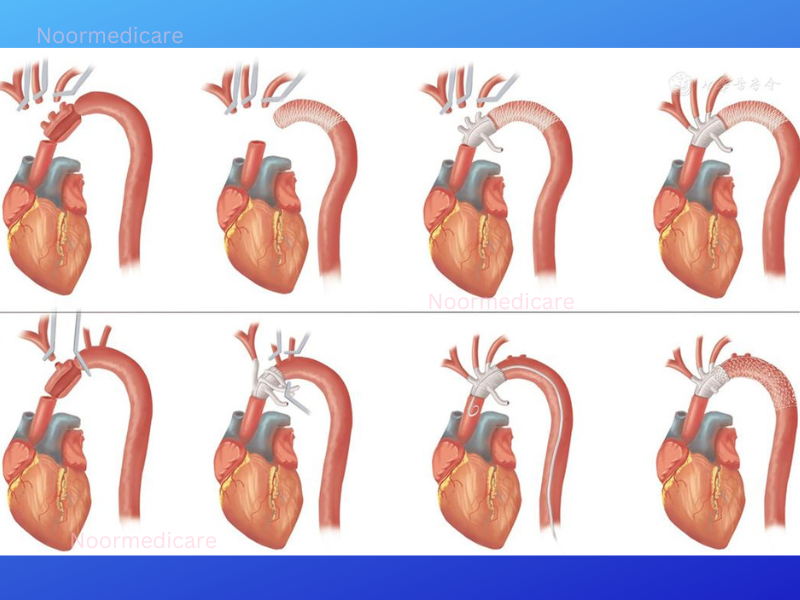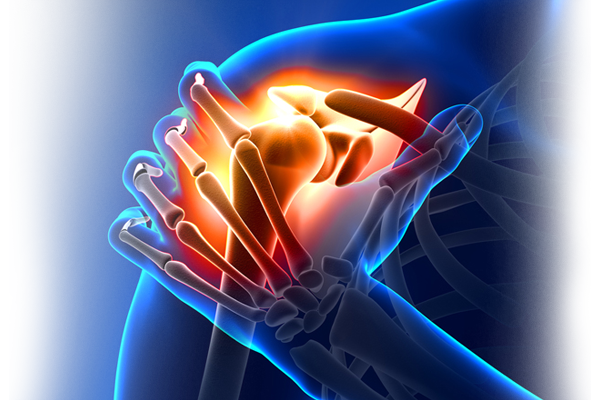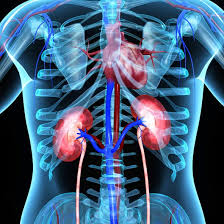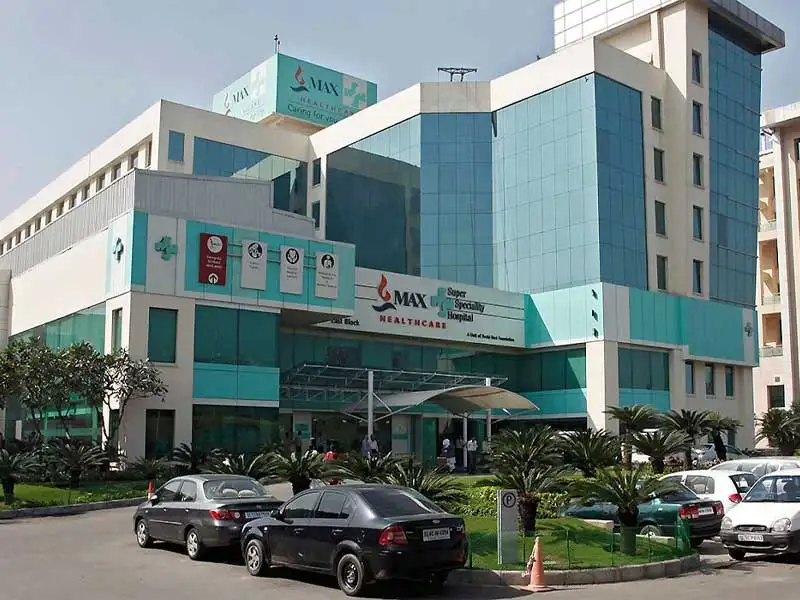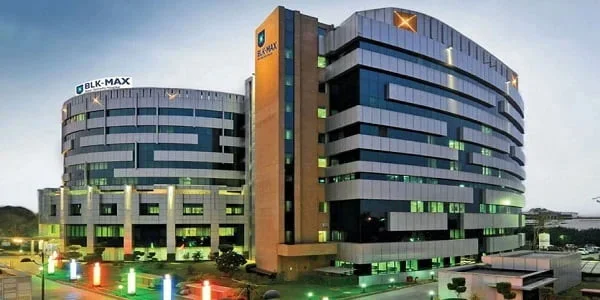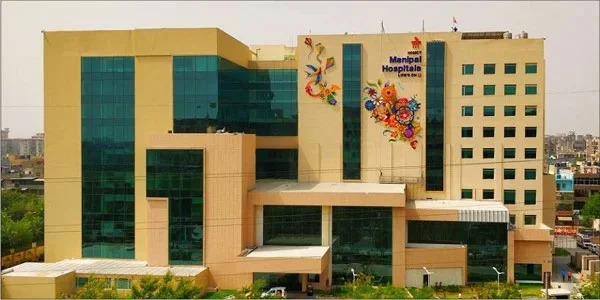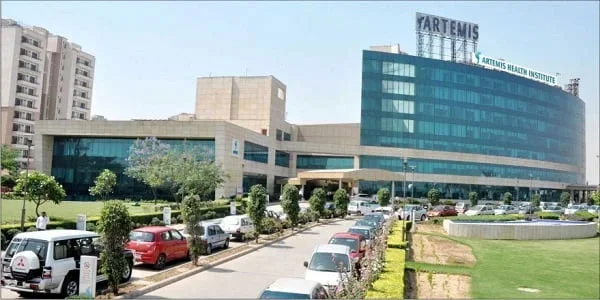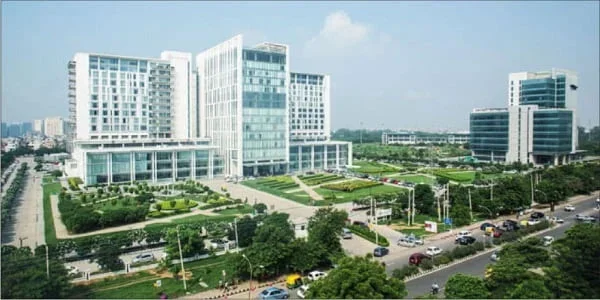Aortic Dissection Repair Surgery
Aortic dissection repair is a surgical procedure to address a tear in the inner layer of the aorta, the main artery that carries blood away from the heart to the rest of the body. This tear allows blood to flow between the layers of the aortic wall, which can weaken the aorta and potentially lead to a life-threatening rupture.
There are two main types of aortic dissection, and the type of surgery will depend on the location and severity of the tear:
- Type A aortic dissection: This involves the ascending aorta, the first portion leaving the heart, and is a medical emergency requiring immediate surgery.
- Type B aortic dissection: This affects the descending aorta, the portion beyond the chest cavity, and may require surgery depending on the severity and whether complications arise.
Surgical procedures for aortic dissection repair:
-
Open surgery: This is the traditional approach for Type A dissections and may be necessary for complex Type B dissections. It involves:
- Median sternotomy (chest incision down the middle) or thoracotomy (incision on the side of the chest)
- Cardiopulmonary bypass to take over heart and lung function while the surgeon operates on the stopped heart
- Removal of the damaged portion of the aorta and replacement with a synthetic graft (tube) made of Dacron
- Repair or replacement of the aortic valve if damaged
- Reattachment of coronary arteries to the graft to ensure blood flow to the heart muscle
-
Endovascular stent-graft repair: This minimally invasive approach is an option for some Type B dissections. It involves:
- Accessing the aorta through a small incision in the groin
- Inserting a catheter with a collapsible stent-graft
- Deploying the stent-graft within the torn aorta to seal the dissection and reinforce the weakened area
Recovery from aortic dissection repair:
Recovery depends on the type of surgery performed and the patient's individual health. Here's a general idea:
- Hospital stay: Several days for monitoring and recovery.
- Pain management: Medication will be provided to manage pain and discomfort.
- Rehabilitation: Physical therapy is crucial to regain strength and improve function.
- Long-term management: Regular follow-up with your doctor and medications to manage blood pressure and cholesterol are often necessary.
Risks and complications of aortic dissection repair:
As with any major surgery, there are risks and complications, such as:
- Bleeding
- Infection
- Stroke
- Blood clots
- Kidney problems
- Irregular heart rhythms
- Failure of the repair
- Death (although rare)
If you experience sudden, severe chest pain or other symptoms suggestive of aortic dissection, seek immediate medical attention. Early diagnosis and treatment are crucial for improving outcomes.
